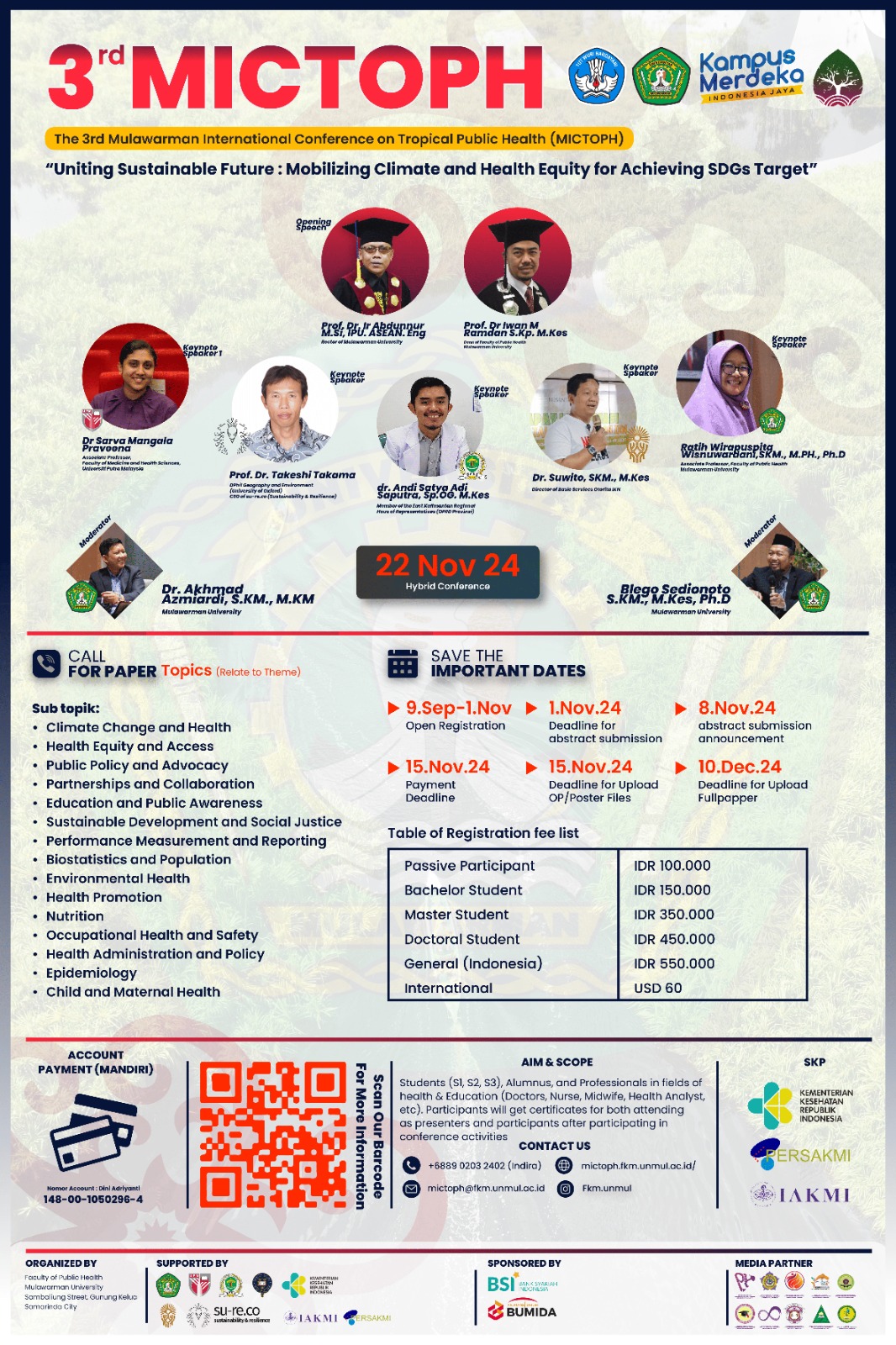Effect of Voltage and Electrode Pair Variation on Acid Mine Drainage Effluent Using Electrocoagulation Method
Keywords:
Acid Mine Drainage (AMD), Electrocoagulation, Electrode Plate, VoltageAbstract
Coal mining activities can produce acid mine drainage (AMD) from open pit mining activities and will impact soil and groundwater quality. One method for treating AMD is electrocoagulation, which is considered more environmentally friendly. This research was conducted on a laboratory scale by analyzing the effect of voltage variations of 20, 22, and 24 V and the type of electrode pair on the electrocoagulation method with Al—Al and Al—C plates to determine its effectiveness in purifying AMD. The results obtained are all test variations show good efficiency, where TSS, Fe, and Mn are around 89-99%, along with the increase of pH from acidic to neutral conditions. The study also shows that Al on the cathode tends to show less optimal results when compared to the kind of plate that uses C on the cathode. The effect of voltage from the electrocoagulation method to determine how fast or slow a floc will form, the greater the voltage produced, the faster the processing results will be formed, and vice versa.





